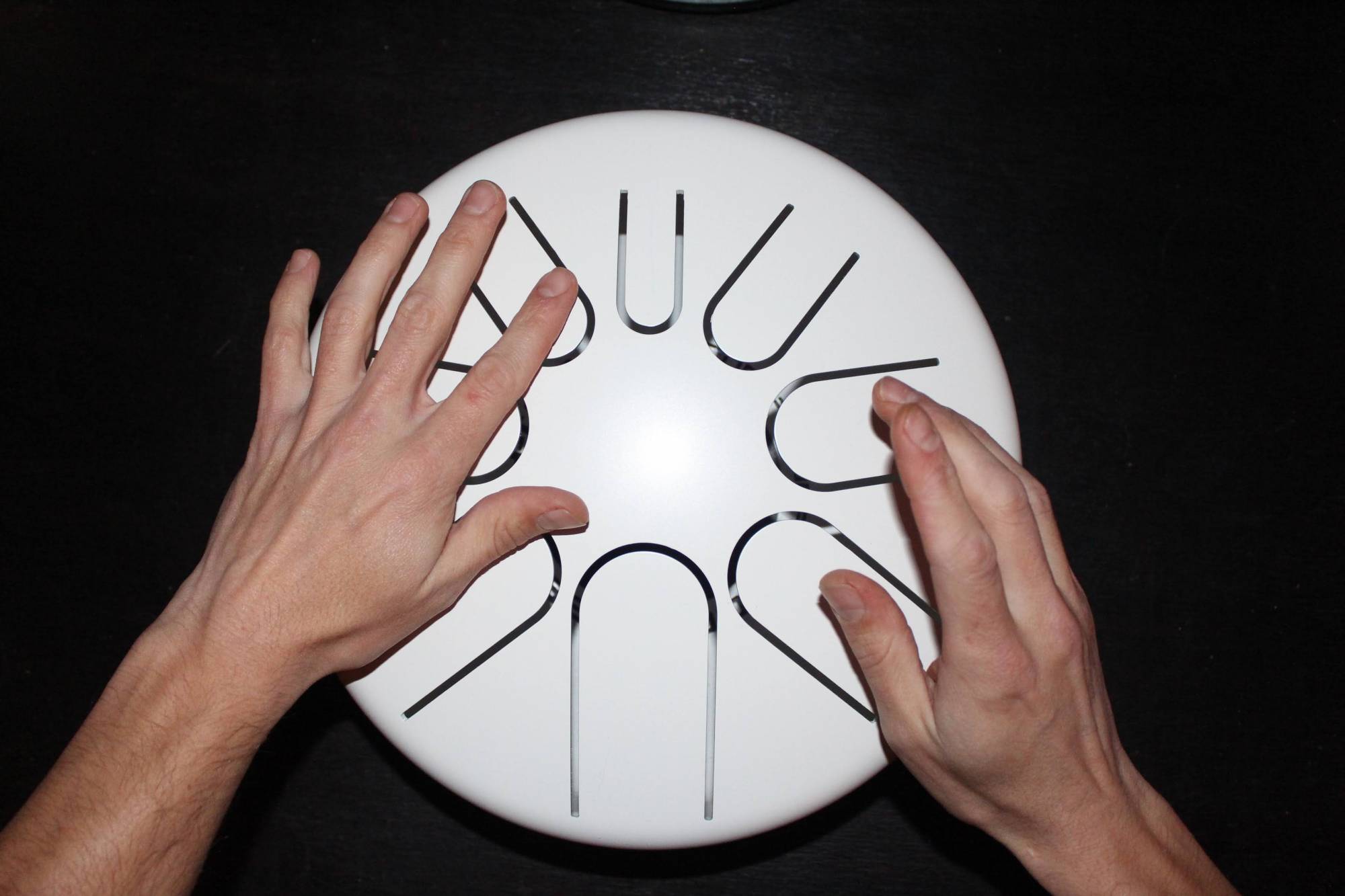FAQ and answers to questions about your Tongue Drum in USA | San Francisco, Chicago, Los Angeles
You have a question? The answer is certainly here!
In this FAQ section you will find the questions that our customers have frequently asked us.
We have tried to answer those questions as precisely as we could.
Anyway, if you have a special request or a question which you don’t find the answer for, don’t hesitate to contact us. We will be happy to answer you and we will add it to our FAQ.
These answers mainly give a solution to general questions for individuals (delivery, exchange, warranty, etc.) concerning our Beat Root tongue drums.
However, if you are a professional (music store and / or distributor), please contact us at info@beatroot.fr for more information.
Beat Root Drum >
FAQ
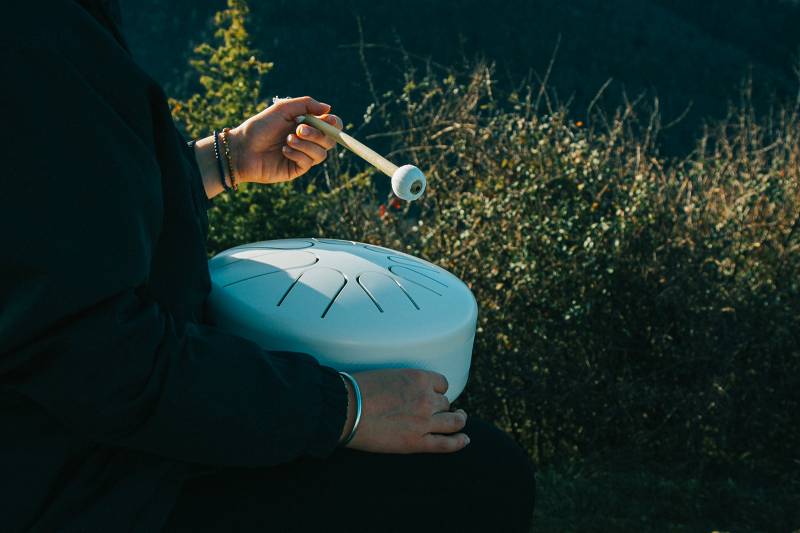
discover
Improve your sleep with the tongue drum
The tongue drum can contribute to a better sleep for both adults and babies. Don’t miss these harmonic sounds that induce deep relaxation and allow you to release stress before bedtime. Of course, you can also record your own tongue drum compositions and use them as sleep aid music. But where does the potential of this instrument come from?

discover
The tongue drum to reduce stress
Modern life is often hectic. The noise that surrounds us in public transport or at work is a stress factor. An instrument such as the tongue drum is ideal for regaining calm and harmonizing brain waves. Beat Root offers a model that vibrates at 432 Hz, which is the frequency of Nature. While environmental noise produces physical and mental stress, the natural melodies of the tongue drum are soothing.
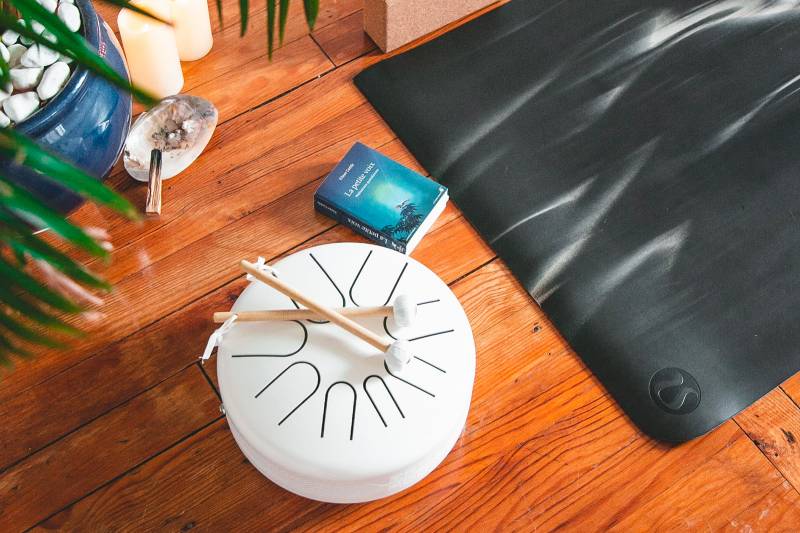
discover
Why should you choose the tongue drum for relaxation?
The tongue drum is perfect to accompany a meditation or relaxation session. Its subtle vibrations reduce stress and soothe the feeling of anxiety caused by the tensions of everyday life. In this way, it helps to develop a deeper sleep or helps to fight against insomnia.
The frequency of 432 Hz...

discover
The tongue drum for music therapy
The tongue drum is an ideal instrument for music therapy sessions. But what does this very ancient practice consist of, whose virtues are rediscovered today? It is a kind of sound immersion, which relies on sounds and vibrations to heal. Some melodies evoke reactions on a physical level, but also provoke emotions, which can be used for therapeutic purposes.
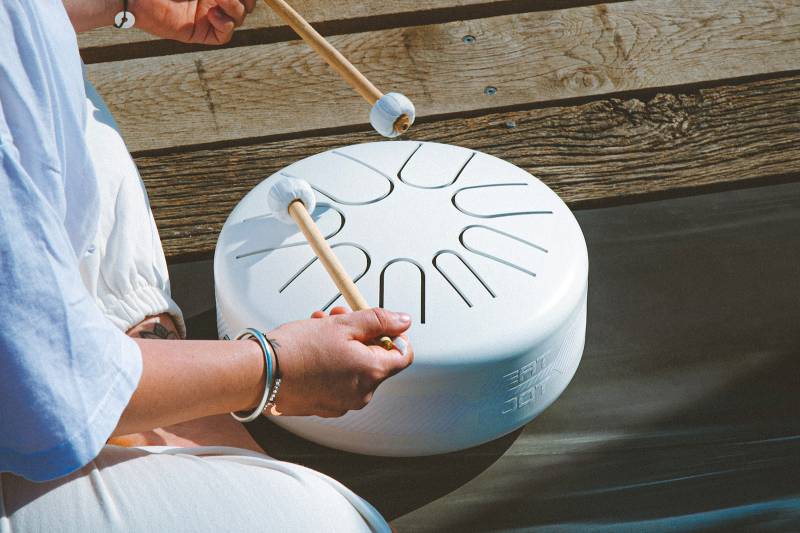
discover
Musical awakening and tongue drum
The tongue drum is a very easy instrument to master. The tongues used to produce the sounds are cut out of the metal to produce a harmonic scale with a frequency of 432 Hz or 440 Hz. The instrument can be played without any previous musical training, which makes the tongue drum an excellent choice for the musical awakening of young children.
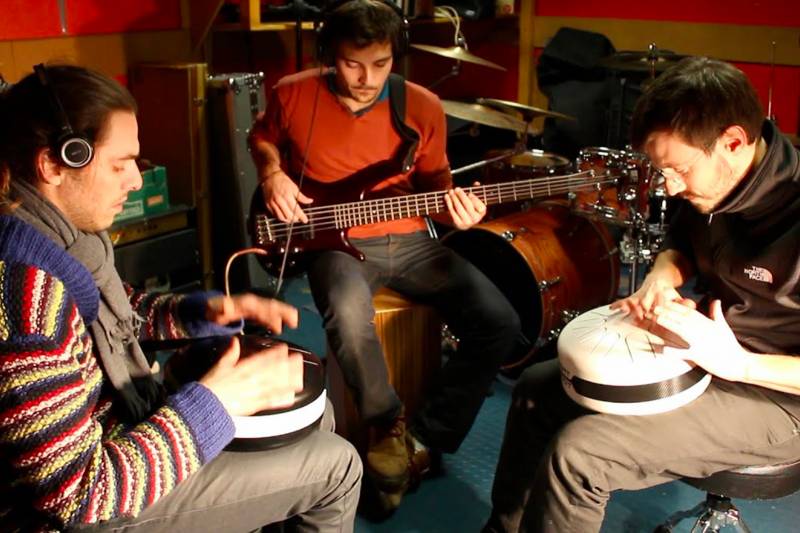
discover
The tongue drum: play it alone or in a music band
There are different ways to play tongue drum, an instrument that seems simple at first, but with which you can play more sophisticated melodies than you think. Keep in mind that each instrument is unique. Tongue drums don’t have all the same number of tongues. Some offer a full octave, while others offer a pentatonic scale. But in any case, you can choose to improvise your melodies alone or with your friends.

discover
What is the difference between the 432 Hz tuning and the 440 Hz tuning?
The 432 Hz frequency vibrates with human beings, Nature and the cosmos. The Hertz indicate the number of vibrations per second. In 1939, the 440 Hz frequency was uniformly set worldwide, as the musical standard. Most of the musical instruments are produced in 440 Hz but for example, the violin and the guitar can be easily tuned to 432 Hz.
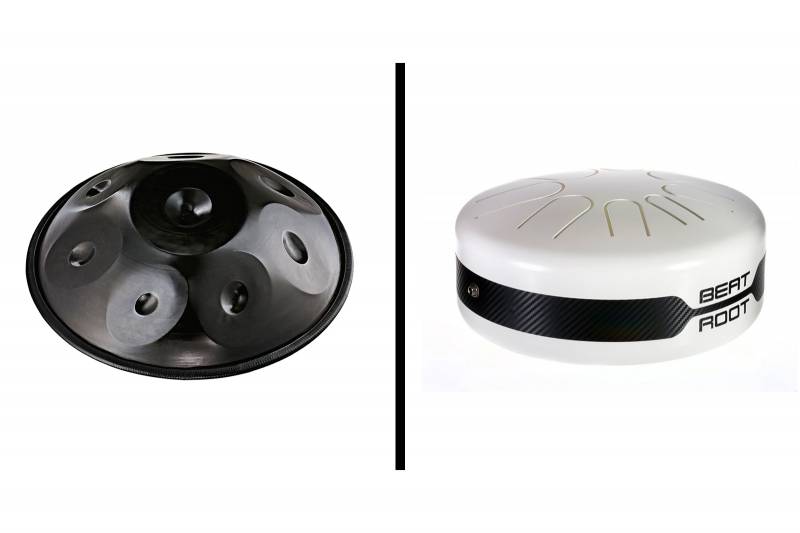
discover
What is the difference between a hang drum and a tongue drum?
The sounds produced by the tongue drum are very similar to those of another percussion instrument: the hang drum, sometimes also called handpan. However, experts know this: the differences are sizable. They are due to the method of production. The price of these two percussion instruments is also very different.
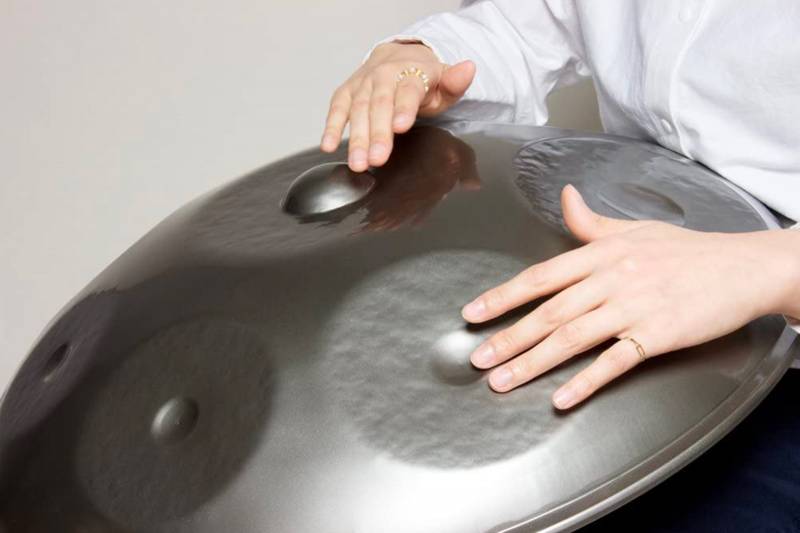
discover
Origins of the hang drum, a melodic percussion made from steel
The hang drum is a recent instrument because it was created in Switzerland in 2000. However, the origins of this melodic percussion instrument made from steel go back much further, if we consider the ancient sources of inspiration of its two creators Felix Rohner and Sabina Schärer. The Swiss couple still makes hang drums today in the workshop located on the bank of the Aar River.

discover
What is a tongue drum? Discover the origins of the tank drum
The tank drum (or tongue drum) is an instrument which was invented in 2007 by Dennis Havlena, a music lover who traveled the world to feed his passion and to propose recycled material-based instrument making classes.
Dennis Havlena had the idea of using a gas tank to make a musical instrument ...
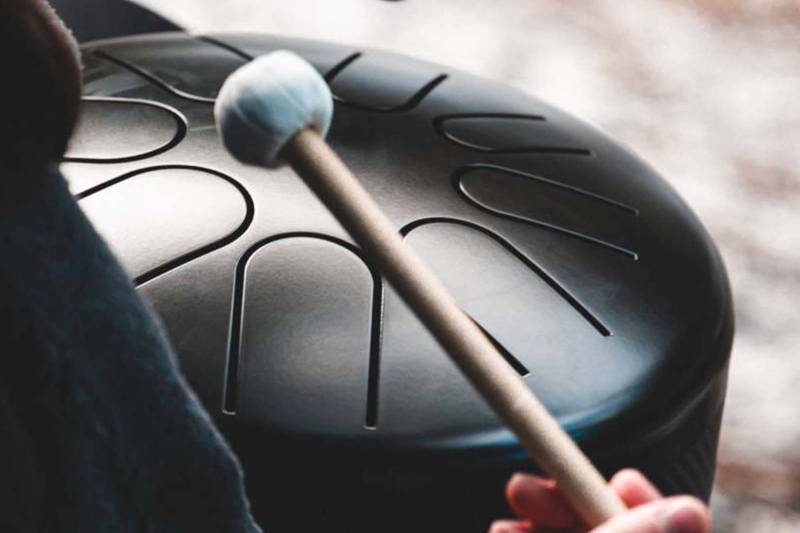
discover
Which notes can you play on a Beat Root tongue drum?
Beat Root is a brand of tongue drums which offers 2 tunable models: - The Multiscale including 6 interchangeable scales thanks to a magnet system inside the instrument. Detailed notes for each scale:
Happy: G. C. D. E. G. A. B. D. (Major scale) Zen: G. C. D. Eb. G. A. Bb. D. (Minor scale) Tri...
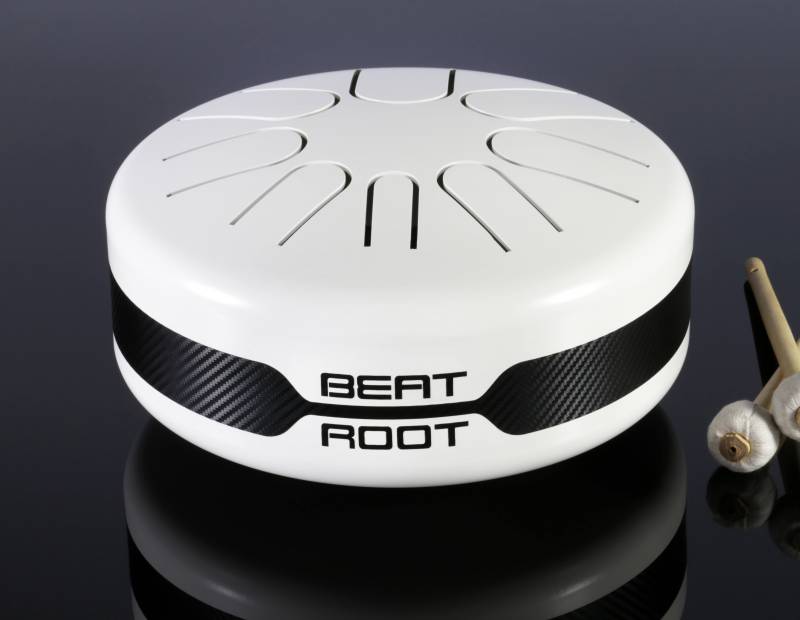
discover
Which colors are available for the different Beat Root tongue drum models?
Our Multiscale 440 Hz and Multiscale 432Hz models are available in 4 colors.
Our Full tone model is only available in white.
If you don't find the answer to your questions in the FAQ, do not hesitate to contact us
